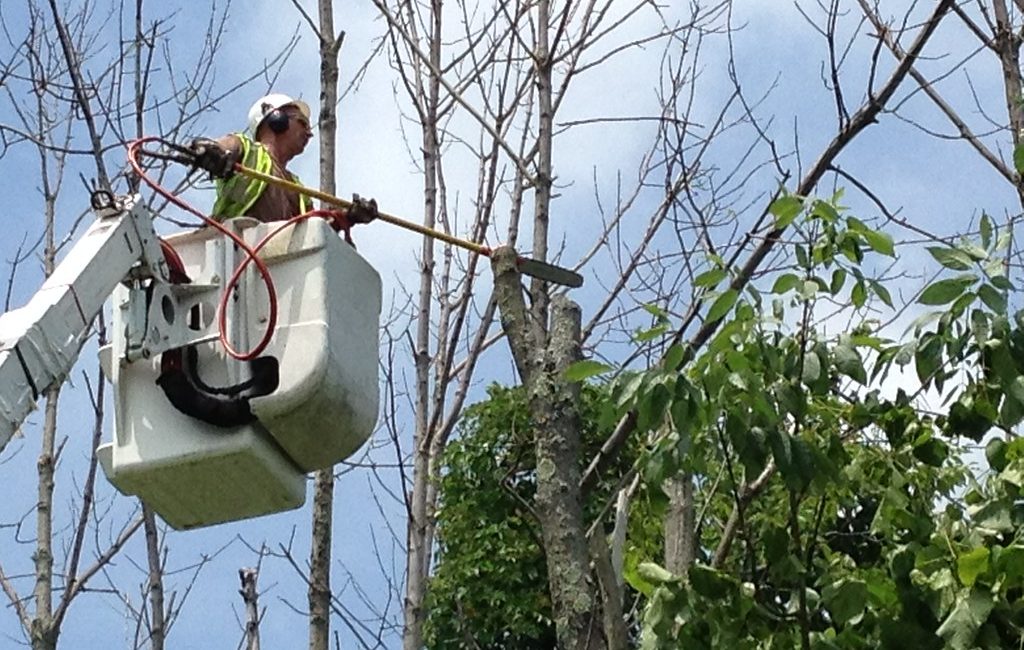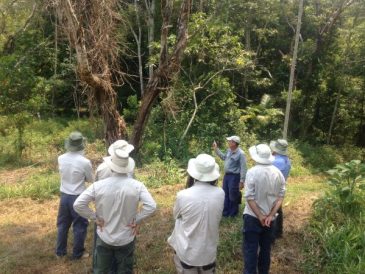The Importance and Benefits of Tree and Plant Pruning
Pruning is a fundamental aspect of tree and plant care that offers numerous benefits. By selectively removing specific branches or parts of a plant, pruning promotes healthier growth, improves aesthetics, and ensures the safety and longevity of trees and plants. This article will delve into the importance of pruning, its benefits, and essential techniques to help you maintain a flourishing garden.
Why Prune Trees and Plants?

Enhance Plant Health
Pruning is crucial in maintaining the overall health of trees and plants. By removing dead, damaged, or diseased branches, you can prevent the spread of infections and create a healthier environment for new growth. Proper pruning also improves air circulation and sunlight penetration, reducing the risk of fungal diseases.
Promote Growth and Vigor
Pruning stimulates growth by encouraging the development of new shoots and branches. Selectively removing certain branches can direct growth towards specific areas, shaping the plant’s form and structure. Pruning also stimulates the production of flowers and fruits, resulting in a more vibrant and abundant display.
Maintain Safety
Overgrown or weak branches pose a safety hazard, especially during storms or strong winds. Regular pruning helps eliminate hazardous branches, reducing the risk of falling limbs that could damage property or injure people. It is essential to prune trees near buildings, power lines, or other structures to ensure the safety of your surroundings.
Enhance Aesthetics
Pruning is an art that allows you to shape and enhance the visual appeal of trees and plants. Removing unwanted branches or improving the overall structure can create a more pleasing and balanced landscape. Pruning also helps control the size and density of plants, preventing them from becoming overgrown or blocking desired views.
Mitigate Potential Problems
Pruning can address potential problems before they escalate. Identifying and removing crossing or rubbing branches prevents them from causing long-term damage or creating wounds that insects or diseases could exploit. Pruning also helps manage invasive species, preventing them from overpowering native plants and disrupting the ecosystem.
Essential Pruning Techniques:
Timing
The optimal time to prune varies depending on the plant species. Generally, it is best to prune deciduous trees during their dormant season, in late winter or early spring, before new growth emerges. Evergreen trees and plants may require different timing, so it is essential to research specific species or consult a professional for guidance.
Tools
Invest in high-quality pruning tools such as pruning shears, loppers, and pruning saws. Ensure they are clean and sharp to make precise cuts without causing unnecessary damage to the plant.
Pruning Cuts
Use proper pruning techniques to minimize stress on the plant. Make clean cuts just above a bud or lateral branch, avoiding leaving stubs that can attract diseases or pests. Use the three-cut method for larger branches to prevent bark tearing and promote proper healing.
Consideration
Before pruning, assess the plant’s growth habits and desired outcome. Consider the plant’s natural shape and growth pattern, and avoid excessive pruning that could harm its overall health and vigour.
Conclusion
Pruning is vital in maintaining the health, safety, and beauty of trees and plants. Whether you are a seasoned gardener or a beginner, take the time to learn about the specific pruning needs of your trees and plants to ensure their long-term vitality. You can enjoy the benefits of a thriving and visually appealing garden by understanding the importance of pruning and implementing proper techniques.
Remember, if you’re unsure about pruning techniques or dealing with large trees, it’s always advisable to seek the help of a professional arborist who can provide expert guidance and ensure the well-being of your precious greenery.





